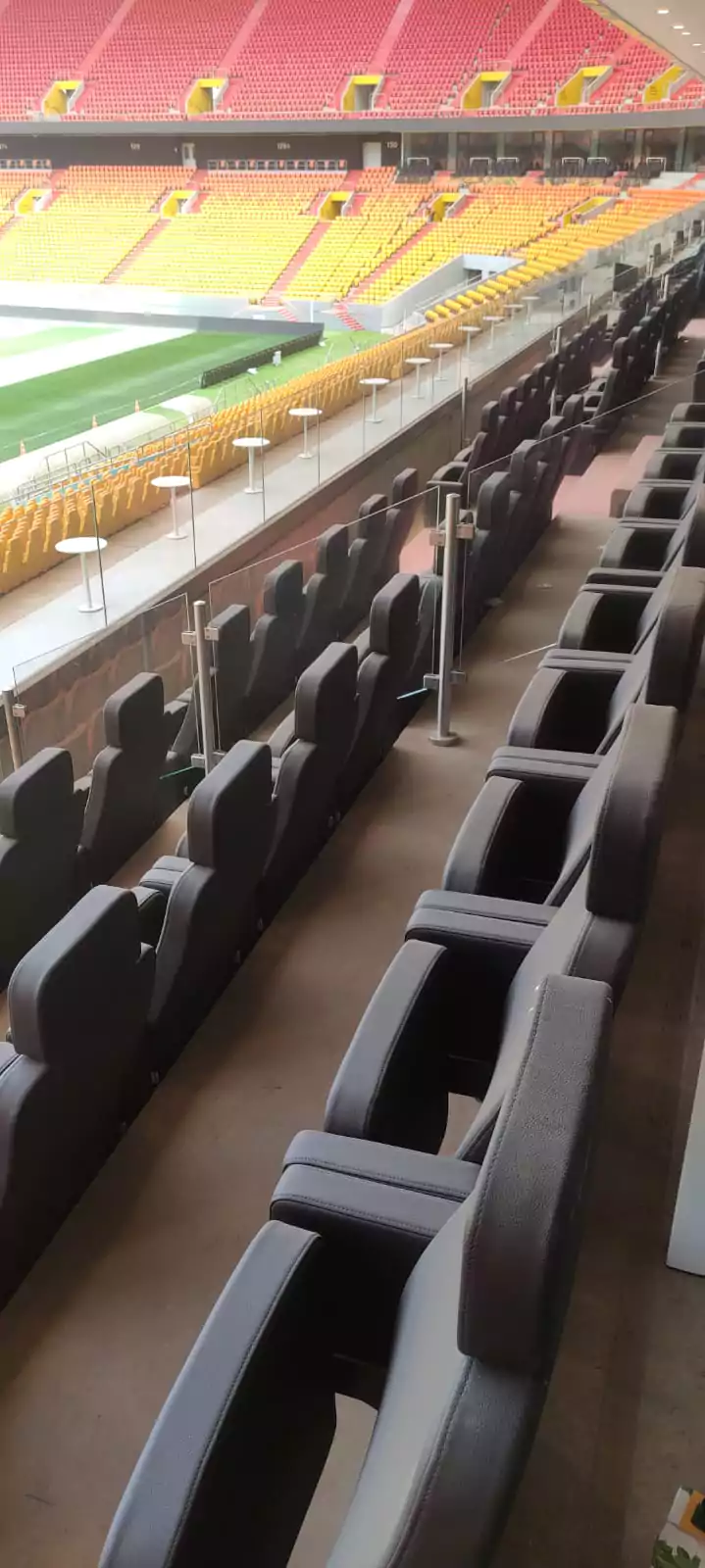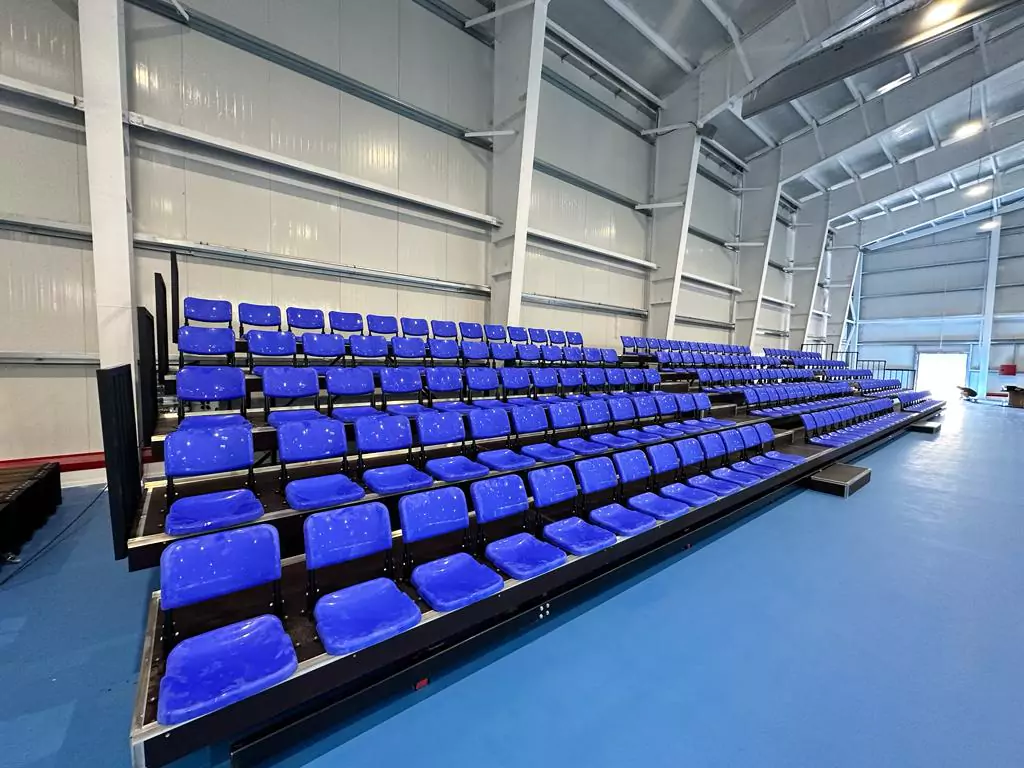Stadium Seat Innovation
Stadium Seats: Redefining Comfort, Innovation, and Sustainability in Modern Arenas
In the fast-changing world of sports infrastructure, the stadium seat has become much more than a functional necessity. Today, it is a symbol of comfort, identity, and technological progress in arenas across the globe. From football temples in Europe to cricket grounds in Asia and athletic complexes in Africa, the quality and design of stadium seating define not only the fan experience but also the long-term success of venues.

The Evolution of Stadium Seating: From Utility to Experience
Historically, stadium seats were simple plastic or wooden chairs designed only for durability. But as fan expectations and global standards increased, so did the requirements for seating. Modern stadium seats now combine:
Ergonomic comfort for long matches and events.
Durability to withstand decades of use and exposure.
Compliance with FIFA, UEFA, and ISO safety regulations.
Customization to reflect club identity and sponsorship branding.
This evolution highlights how seating has shifted from being an overlooked component to a core aspect of stadium modernization.
Key Innovations Shaping the Future of Stadium Seats
Sustainable Design and Green Materials
The EU Green Deal and global climate goals are driving the adoption of recyclable plastics, eco-certified metals, and low-carbon production techniques in stadium seating.
Smart Seating Integration
Technology is reshaping how fans interact with their seats, with innovations such as in-seat charging, digital ticket scanning, and even data sensors for stadium operators.
Modular and Hybrid Seating Models
Flexible systems that allow quick reconfiguration between football, rugby, concerts, and cultural events are increasingly important for multi-purpose arenas.
VIP and Premium Options
Exclusive seating zones are now central to stadium revenue strategies, offering wider, cushioned seats with hospitality features and luxury finishes.
Regional Developments: Stadium Seating Around the World
Europe: Continuous modernization for UEFA Euro 2028 and other international tournaments.
Middle East: Rapid stadium expansion ahead of the 2034 FIFA World Cup in Saudi Arabia.
Asia: Cricket and multi-purpose arenas leading to rising demand for scalable seating.
Africa: Infrastructure growth focused on affordability and durability for the Africa Cup of Nations.
These regional examples demonstrate how the stadium seat is at the heart of global sports infrastructure growth.
Balancing Cost, Performance, and Longevity
A major challenge in seating design is balancing affordability with quality. Stadium operators expect seats that:
Provide long-term durability with minimal maintenance.
Offer affordable scalability for small clubs and mega-stadiums alike.
Deliver a strong price-to-performance ratio, ensuring value over decades.
Case Studies: Global Leaders in Stadium Seating
Allianz Arena (Germany): Innovative seating design combining comfort with weather resistance.
Camp Nou (Spain): Renovation includes sustainable and ergonomic seating for tens of thousands of fans.
Lusail Stadium (Qatar): Delivered a premium seating experience for the FIFA World Cup 2022.
FNB Stadium (South Africa): Showcases durable fixed seating adapted to large-scale events.
The Future Outlook: Stadium Seats in the 2030s
By the next decade, stadium seating will integrate deeper with technology and sustainability:
AI-powered seating systems for personalized fan engagement.
Climate-adaptive materials suitable for diverse environments.
Inclusivity-focused design ensuring equal comfort for all spectators.
Hybrid models blending bleacher capacity with premium zones.

Conclusion
The stadium seat has transformed into a defining feature of global sports infrastructure. No longer just a utility, it represents comfort, sustainability, and innovation. As stadiums prepare for mega-events like UEFA Euro 2028 and the FIFA World Cup 2034, seating will remain one of the most strategic investments. Modern venues must prioritize solutions that combine durability, affordability, and technological advancement to ensure unforgettable fan experiences and long-term operational success.

